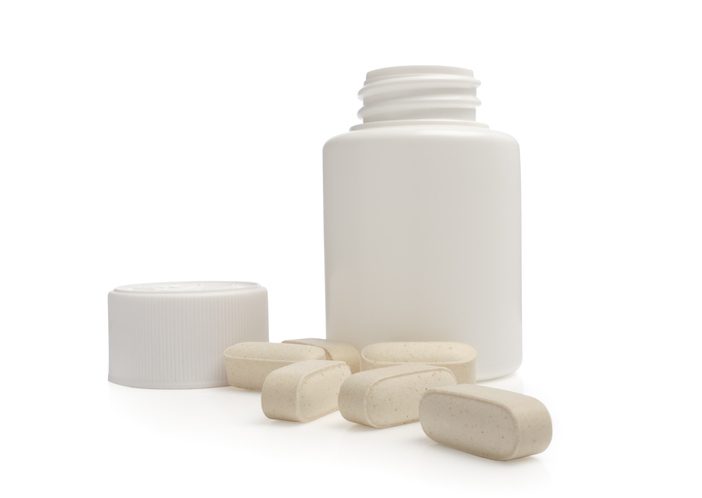Reed Tech habitually attends industry conferences and forums to share our expertise and gain knowledge from our industry colleagues and friends. This past month, we attended DIA’s virtual Global Labeling conference.
Some of the main topics addressed in this year’s conference examined existing labeling requirements by region, upcoming labeling innovations by region and accessibility of patient materials. In this post, we recap some of our takeaways regarding accessibility of patient materials and health literacy.
For pharmaceutical labeling to be safe and effective for patients, there needs to be an assumption of accessibility. For example, it is recommended that drug information fall under an 8th grade reading level, but this is not always the case, and it was pointed out that REMS labeling is written at a 10th grade reading level. This makes it more difficult for the public to understand and effectively consume medication. What can we do to solve this problem? There were some very simple suggestions made by the expert speaker:
-
-
-
- Implement plain language principles—white space, bullets and headers
- Target social marketing to increase awareness – audience segmentation and subgroups
- Improve responsiveness – evidence-based recommendations and benefit/risk analysis
- Collaborate with patients to design and evaluate communication
-
-

These easily implemented approaches would have almost immediate results. Patients can make educated decisions and take medications safely by understanding clear instructions and comparing benefits and risk in one place in quantitative and qualitative forms. In the long-term future, industry can concentrate on improving digital communication tools. Additionally, CIOMS XI can provide further directions on attention to feasible models of patient engagement in feedback and risk/benefit development, and also the development of bench-marking metrics.
As the conference progressed, another speaker continued the focus on safety and effectiveness tackling the subject of health literacy. Health Literacy focuses on both the patient and the health system for a variety of benefits including prevention of the unsafe and inappropriate use of medicines. Core principals of health literacy are readability, understandability and actionability. A lack of health literacy can create barriers to access and utilization, patient-provider relationship and self-care.
The International Council of Harmonization of Technical Requirements of Pharmaceuticals for Human Use (ICH) has the opportunity to increase health literacy and create priorities, such as inclusion of plain language summaries (PLS). Better information will accelerate outcomes by empowering patients and caregivers.
Patient Centric Labeling was another important topic covered by an expert speaker. Under Physician Labeling Rule Section 7, options for patient centric labeling include: 1. medication guide, 2. patient package inserts, 3. instructions for use and 4. patient medication info (pending). The speaker also made sure to note that while manufacturer label information is regulated, consumer medication information prepared by 3rd parties (e.g.: pharmacies) is not regulated.
Medication guides contain the information necessary to prevent serious adverse reactions. Patient adherence to directions is essential to safety and efficacy. Patient package inserts are required for certain types of medications including oral contraceptives and estrogen-containing products. Instructions for use are required for complicated or detailed patient use instructions. Patient Medication Information is pending with the FDA. It started in 2011 with the proposed rule announced in 2021. There are other patient centric labeling activities in development such as PDUFA. This initiative suggests that patient reported outcomes do not necessarily equate patient relevant outcomes.
Overall, through these and other initiatives, industry is increasing inclusion of patient experience data and advancing the availability of electronic labeling data. While labeling and regulation can be quite cumbersome and overbearing, industry experts can help guide companies through this process to ensure the correct information is presented to FDA in the correct format increasing efficiency for pharmaceutical companies and safety for patients. Questions about labeling? Reach out to [email protected].
Learn more about the available Reed Tech labeling services here.
Reed Tech Labeling Services
SingleSource™ for Drug Products provides on-demand HL7 Structured Product Labeling (SPL) format generation for all human prescription, over-the-counter, dietary/herbal medicines and animal drugs, allowing you to meet strict FDA deadlines without requiring third-party support or premium costs.
Easy-to-use web-based SPL forms include built-in FDA business rule verification for quick identification and resolution helping to remove ambiguity around the accuracy of your data. Once your data is imported or entered into the system, you can use it many times with peace of mind that your data is accurate and meets FDA requirements.
SPL Services for Rx, OTC & Biologics Ensure regulatory compliance. Our experts can remove confusion around SPL and XML formatting. Meet FDA expectations and prevent technical issues or errors that extend your submission process. Manage product listing, establishment facility and labeler company data across multiple teams with a best-in-class solution. Based on your use case, this solution is available within a secure cloud-based platform or by an ‘outsourced’ service model available as conversion and labeling needs arise. Choose which use case best suits your team’s needs and expertise. Reed Tech serves more than 1,000 drug product manufacturers and distributors with solutions and services to manage product listing, establishment facility and labeler company data across multiple teams with a secure and validated cloud-based solution.
Sources: DIA Global Labeling Conference. Speakers referenced include: Rie Matsui, Kathy Salazar, Meredith Smith, Kim Quaintance-Lunn, Annlouise Assaf, Hayley Parker, Su-Yueh Lin, Micheline Awad, and Heather Hammond.
